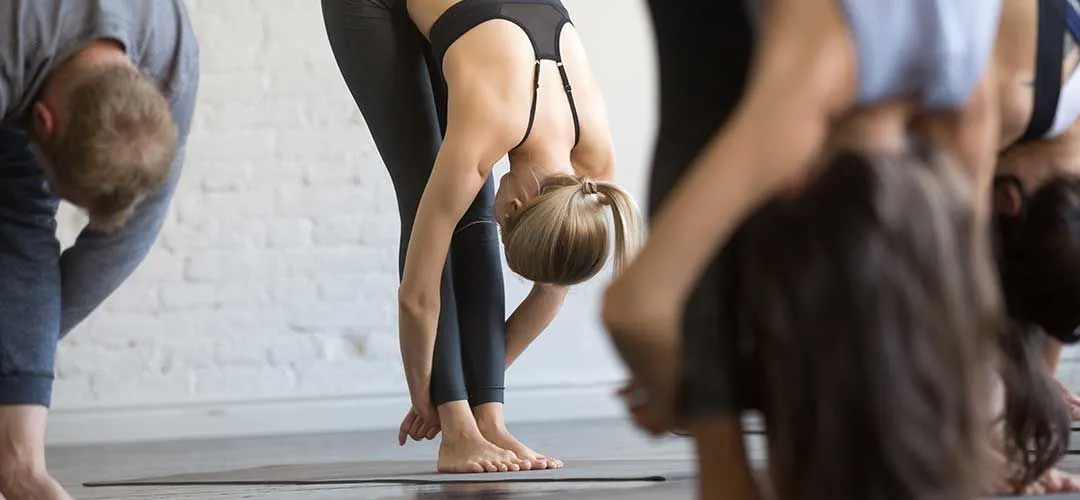Upper back pain is an awful thing to happen to anyone, especially in the early morning. It ruins up an otherwise fantastic day, makes you feel cranky, reduces your efficiency and just stops you at whatever you are doing. Taking medications and tying waist belts often doesn’t quite help and you are left to fend for yourself.
Given that your doctor has nothing else to say except for bed rest and painkillers, we have taken the liberty to ask you to correct your body posture. This would also go ahead with a more appropriate or correct posture for sitting, standing and working (especially in front of a computer).
This amounts to an important consideration because a bad posture can cause a lot of issues related to back pain, muscles and joints and an overworked spine too.
There are usually six correct sleeping postures. We have shortlisted four of them for your kind reference and you can choose them as per your comfort and preference. They are supposed to alleviate your back pain and would also help you be more confident with your spinal position and confidence. Here they are:
Sleeping on the back (optional: using pillows under knee or stomach)
Foetal position
Sleeping face down
Sleeping on either side
Adjusting to these correct sleeping postures might take some time and deliberation but it would all be worth in the end. There is no single good or better posture among the ones mentioned above and you are free to choose the ones that appeal the most to you.
We also recommend that you maintain a journal or a diary to keep track of your sleeping posture along with your respective sleep pattern and your status of back pain (if any). Please note that upper or lower back pain is our body’s way of telling us that something is not right with the way we are carrying ourselves about. The sooner we make amends to it, the better it is for our sake!
Standing in a bolt upright position conveys confidence and helps in proper blood circulation. A correct standing or sitting posture is defined by the respective positions of our ears, shoulders, pelvic bones, and knee and ankle bones. Most of us tend to slouch and this often converts into improper body shapes over a period of time.
The key is to stay away from such bad practices and adopt correct standing and sitting postures for the best results.
The feet should be parallel to each other.
The stomach should be pulled in so that it is in a straight line with the chest.
Arms should be at the sides, not crossed in front.
Shoulders should be taut and pushed back
Head should be parallel to the ground and perpendicular to the shoulders.
Do not cross your legs.
Balance your weight on both your legs.
While sitting, make sure your back is straight.
While working, it is important to keep your level of shoulders parallel to the desk in front of you. Also, keep the monitor exactly in front of your eyes and at a safe distance.
These tips are crafted by our fitness experts who have appreciable experience of working with health professionals. One of our experts believes that correct body posture offers a lot of benefits that are related to the physical, psychological, physiological and emotional sides of every person. Their positive effects are observed vividly on different persons.
Tip: Once this is sorted, you can go on to include some of the trackers to build your way up in the fitness cycle. You could also use your smartphone to install a reliable Fitness Tracker App as your composite fitness solution partner. Such apps connect, sync and display all your fitness band data through Bluetooth connectivity and also offer several smart diet and workout plans.
Even if you have been slouching all through your life or if you think you’re already short of time in office, there’s some good news for you. We are offering three simple exercises that everyone can do in their free time to get the correct posture and to avail of its benefits. These exercises shall also help you a great deal with your backache and other body pains that you might have.
Sit stretched using your feet and toes. Try to go for a straight back with the hind part of your legs, back and shoulders all going at a 30- to 45-degree incline from the ground. The key is to keep your chest open shoulders drawn back for maximum intake of oxygen.
Stand taut with your arms drawn behind your back. As you should inhale, you should stretch your arms as far back as you can take them and then bringing them to the front slowly as you exhale. This exercise is especially beneficial for those who are good at breathing deeply.
A regular favourite of athletes from around the world, it involves bending the body from the junction of the stomach and pelvic joints. One should stand properly and then slowly go down to cover his ankles with one’s palms by keeping the pelvis facing the roof.
These are just three simple exercises that you can make use of in your free time. We recommend that you start your day with them for the best results and to attain a consistent posture for sitting, standing and sleeping.
Committing yourself to these exercises every day would help you with the correct posture, alleviate your upper back pain over a period of time and would put you on the road to a more fulfilling life.
The key is to get started on a positive note today!




